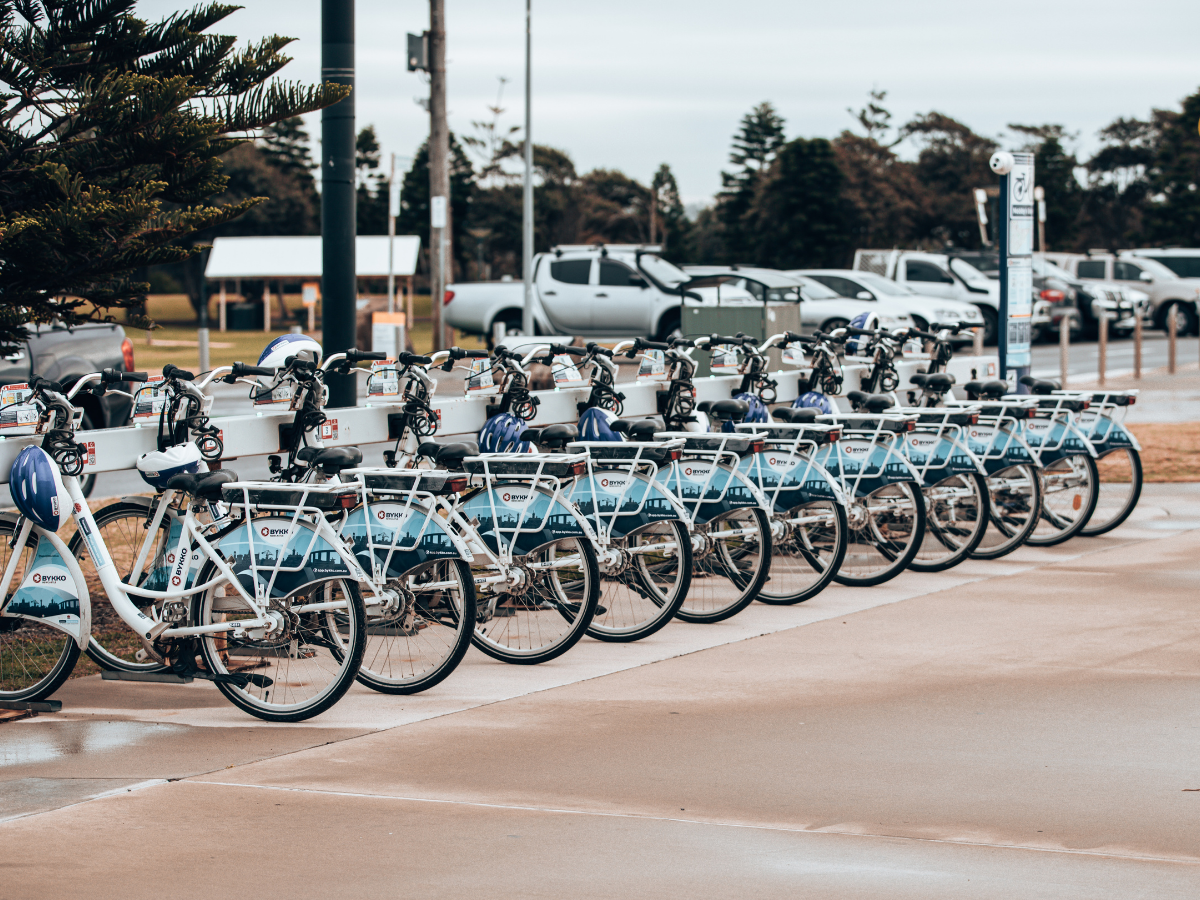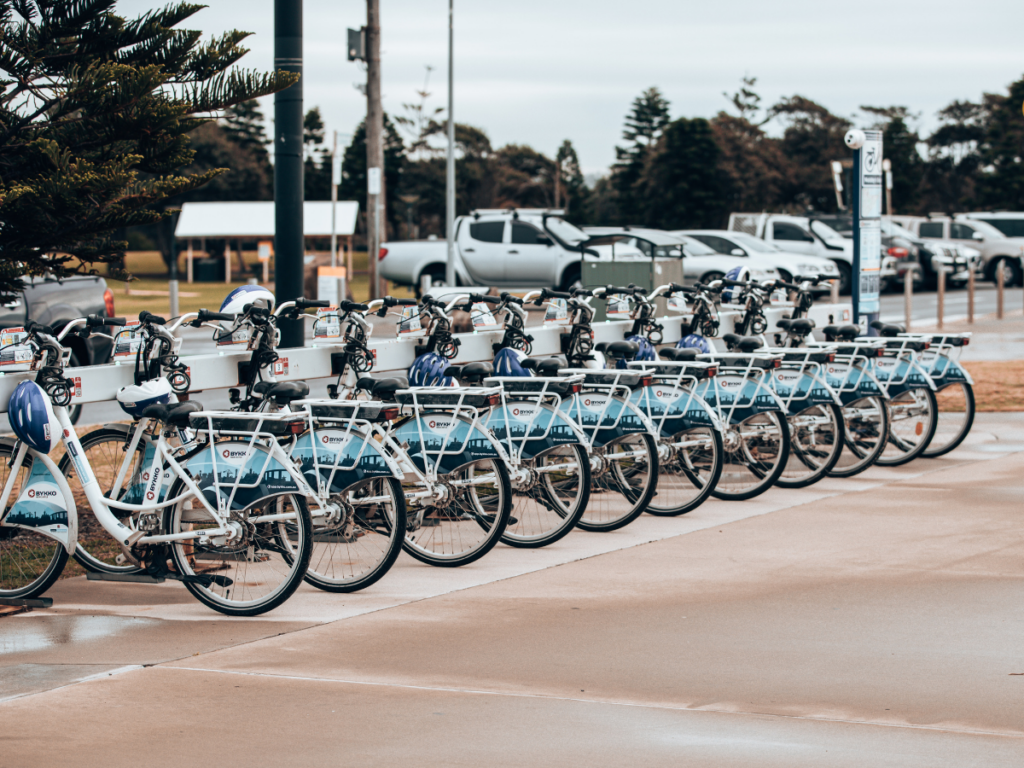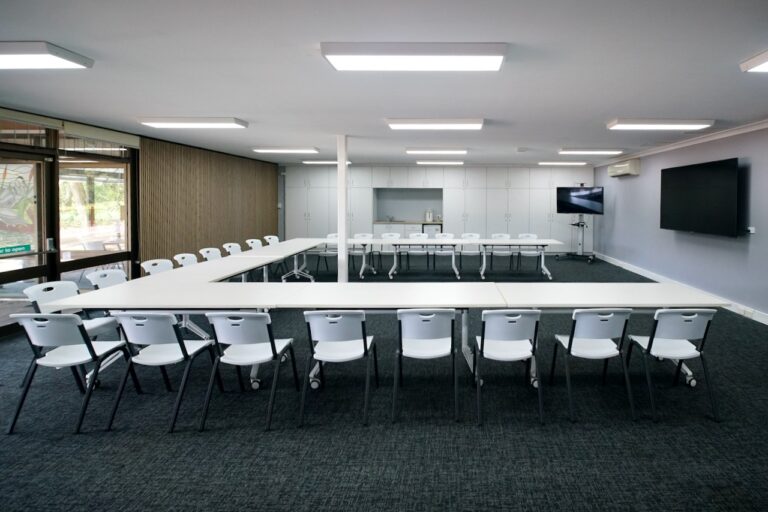Micro mobility is a cool sounding term, but what does is mean and how does it work with Australia’s car loving culture?
BYKKO Managing Director Monica Zarafu explains the key terms and how BYKKO is trying get Aussies out of their cars and onto electric bikes, one e-bike sharing scheme at a time.
During her time at UTS, Monica had the incredible opportunity to be part of a collaborative research program under the CSIRO Climate Change Adaptation flagship cluster looking at various land use and transport scenarios to estimate the environmental, health and economic benefits of various transport technologies.
This is how she became acutely aware of the need to start taking actions to curb transport emissions and she became obsessed with personal mobility. In 2012, the term micro mobility wasn’t even invented however the bike sharing phenomenon was growing overseas. She saw a big gap in this space in Australia and decided to start the movement here.
What is micro mobility?
The term was coined by the Romanian American tech analyst and visionary, Horace Dediu in 2017. Asked in an interview about the meaning of this word, Mr Dediu said the micro mobility should be defined around what is singular about its purpose: moving a human being. Its purpose is thus to offer maximum freedom of mobility in a the least impactful way – small footprint, small size, lightweight.
Micro mobility is still a new term, so its definition is still evolving but it’s broadly accepted that it means transportation over relatively short distances provided by generally small and lightweight powered vehicles such as electric bikes, e-scooters, other personal mobility devices that run on charged batteries. In most markets today, micro mobility practically means shared e-bikes and e-scooters.
What role does micro-mobility play in sustainability/building more sustainable cities?
Micro mobility could theoretically encompass all passenger trips of less than eight kilometres, which account for as much as 50 to 60% of today’s total passenger miles travelled in China, the European Union, and the United States,” states the McKinsey report.
This percentage is even higher in Australia. It is hardly ideal to have drivers circling looking for parking near beaches, hospitals, campuses, entertainment venues, eat streets and civic gathering places. Encouraging bike trips to and between such attractions, or from park-and-ride facilities, can enhance their appeal and the overall desirability of your city in general.
E-mobility could have a significant impact in making our communities greener, safer, healthier, and more liveable when properly planned. To be truly sustainable any micro-mobility player shall consider all aspects of a sustainable transport mode and the social, environmental, and economic impacts they bring on each community.
We must treat the non-users and the general public with the same respect and consideration as users of micro mobility options and this means extensive consultation to design practical transport networks that interact seamlessly. Because of our driver’s-eye view of cities, many Australians consider cycling or scooting as impractical or dangerous.
For some cities that is true: is too challenging for micro mobility schemes to succeed. In others though, quiet back streets, parks and shared pathways provide a contiguous network of space via which even the most inexperienced riders can navigate their city with no stress at all.
What role do e-bike sharing schemes play in micro mobility in Australia?
E-bike sharing schemes are a great way for cities to embrace micro mobility. Docking stations can be fitted into existing transport nodes to create a seamless first and last kilometre option. Expanded networks of docking stations and e-bikes can connect suburbs to key urban spaces reducing the need for car parking spaces and the associated infrastructure.
These schemes are about convenience for the individual user who can choose where, when, and how long they want to use the e-bike. It’s the ultimate on demand service.






